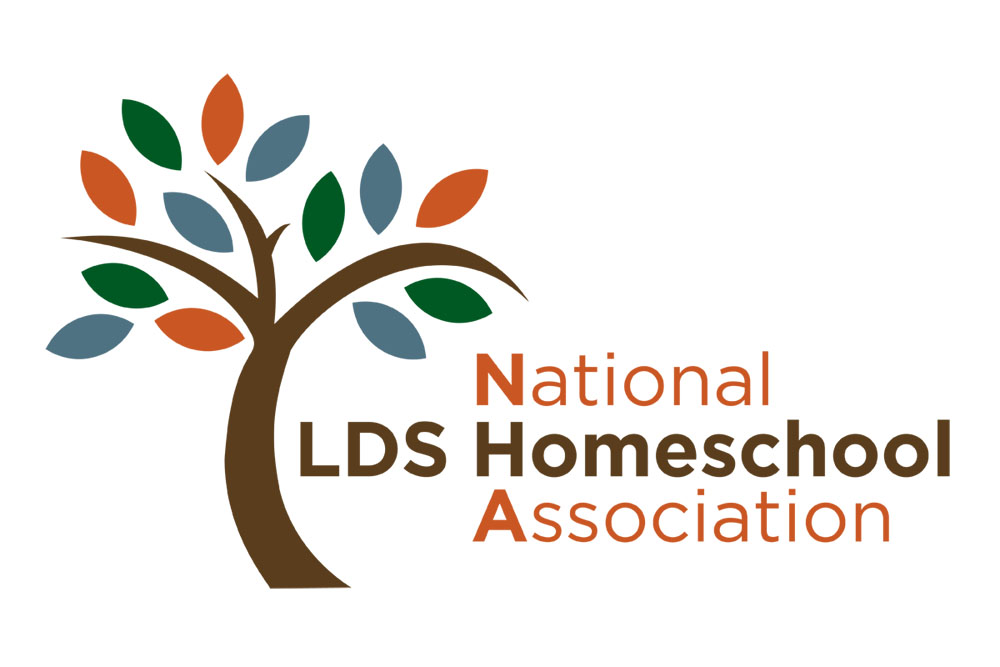One of my favorite ways to teach something is to incorporate a bit of holiday fun into the lesson. Lucky for me, this route is extremely easy to take when you’re teaching younger ones. Fall and Halloween are two great reasons to celebrate, and can provide many different avenues for learning. Today I’d like to share our favorite Halloween lesson: Jack O’Lantern Senses. Basically the idea is to teach the kids about their five senses using a jack o’ lantern and some fun Halloween activities.
Materials Needed
-Black construction paper
-Clear contact paper
-Scissors
-Orange tissue paper, cut into small squares
-A jack o’lantern pattern (use this link or a pattern of your own, you’ll want the outline to be thick)
-Flashlight
-A pumpkin, top cut off and guts scraped out (save the guts in a separate bowl)
-Pumpkin seeds (the ones from the pumpkin above will work nicely)
-Soy sauce
-Lemon juice
-Cinnamon sugar
-Seasoning salt
-Scented jack o’lantern candles pumpkin and licorice (you can find these at WalMart for $0.39 each)
*Separate the pumpkin seeds into four groups. Put them in separate parts of a muffin tin. Sprinkle one group with soy sauce, one group with lemon juice, one group with cinnamon and sugar, and one group with seasoning salt. Bake the seeds at 350 degrees stirring every 3-5 minutes until seeds are dry. Keep the seeds in their separate groups.
What to Do
Cut out the jack o’lantern pattern so that you are left with the outline and the eyes, nose, and mouth. Trace those pieces onto black construction paper and cut them out again. (Depending on the age/skill level of the kids I’m working with, I usually cut out the outline of the jack o’lantern and the eyes, nose, and mouth for them, and provide them with a plastic sandwich baggie with all their pieces tucked inside.) Also, cut out two squares of contact paper big enough to cover the whole jack o’lantern.
Peel the backing off of one of the squares of contact paper and stick the outline of the jack o’lantern onto the sticky side of the contact paper. Explain that this is the jack o’lantern’s skin. Talk about our skin, and how it covers our whole body and allows us to feel things when we touch them. Pass around the pumpkin and let the kids feel the pumpkin skin, the stem, the inside of the pumpkin, and the bowl full of pumpkin guts. Talk about the different textures that their skin is feeling: smooth, bumpy, hard, scratchy, wet, slimy, etc.
Next have the kids stick on the jack o’lantern’s mouth. Have the kids point to their mouths and ask them what they have inside. Have them stick out their tongue. Ask what they use their tongues for. Explain that our tongue has tiny things all over it called taste buds that help us to taste the food that we eat. Let the kids try each group of pumpkin seeds, one group at a time. Explain that the ones cooked in soy sauce are bitter, the ones in lemon juice are sour, the ones in cinnamon sugar are sweet, and the ones in seasoning salt are salty. Have them vote on their favorite taste.
After that, talk about ears. Explain that we have something that the jack o’lanterns don’t have, and that is ears. Have all the kids point to their ears. Ask what we do with our ears. We listen. Have all the kids stand in a line, or a circle, and play a wiggle game. Give the kids directions such as, “If you can hear me, touch the top of your head.” Or, “If you can hear me, turn around in a circle.” And so on. Change your voice, so that sometimes you are speaking loudly and sometimes you are speaking softly. Then tell the kids that we can also hear music with our ears. Teach them the song, Mr. Jack o’Lantern by Alene Dalton, Myriel Cluff Ashton and Erla Young.
Mr. Jack-o-lantern
Is very round and fat.
He has a yellow candle
Tucked underneath his hat.
It makes his face look scary
And very, very bright
When he winks and smiles at me
On spooky Halloween night!
You can find the sheet music for the song in the book "My Picture Book of Songs" by Alene Dalton, Myriel Cluff Ashton, and Erla Young. I found a copy at the library, but you can also look it up online.
Next comes the nose. Don’t forget to have the kids stick the nose on their jack o’lantern. Have everyone point to their nose, and talk about how we use it to smell. Bring out the pumpkin and licorice scented candles. Light them and let them burn long enough to melt some of the wax. Have the kids close their eyes, and let them smell both of the candles. Have them vote on which smell they like best.
Lastly, have the kids put the eyes on their jack o’lanterns. In order to do the sight activity, you’ll have to finish the art project first. Use orange construction paper squares to fill in the inside of the jack o’lantern. When all the space is full, take the second square of contact paper and stick in over top. Cut out around the edge of the jack o’lantern. When the art project is finished, talk about how we use our eyes to see things. Take one of the finished jack o’lanterns and shine a flashlight behind it so that the light shines through the tissue paper. Holding the jack o’lantern up to the sun will have the same effect.
You can hang your jack o’lantern sun catcher up in the window to remind you about the things you learned about the five senses, and to make a fun holiday decoration. Enjoy!
You can leave your thoughts, comments or suggestions here on my feedback page. Thanks!
- Krystal



























